 |
| Miss Tram Thuy - Hue Mirror Painting |
From the influences of Chinese Taoism and Confucianism, along with the spirit of animism, as well as many other lands, Hue people worship popular water gods, such as: Long Vuong (ruling over large areas of rivers, lakes, seas, ponds, swamps...), Ha Ba (god governing over rivers), Dam Cong (god governing over ponds, swamps), Tinh Than (god of Wells), Che Moi Ngu Nghe Tien Su (god of fishing). However, in Hue, the above gods have been "localized" with Tinh Tam Lake God in the Imperial City, Ha Ba God serving the court with the role of guarding the entrance to Ngu Ha River and will prevent soldiers from any reasons that could lead to punishment; Dam Goddess of Tam Giang - Cau Hai lagoon.
Besides the “inland” water gods, Hue people also have a very rich system of sea gods with many different origins. They are the Thuan An sea gate god, the Tu Dung sea gate god who are worshiped together with the Ha Ba god, the Nam Hai Long Vuong god in Thai Duong Ha village (Thuan An gate), the Otter god (Dong Nam Sat Hai Lang Lai Nhi Dai Tuong Quan) is worshiped at Tu Hien sea gate. Other sea gods with “non-Vietnamese” origins are also worshiped by Hue people. They are the Whale god (Nam Hai Cu Toc Ngoc Lan Ton Than), Thien YA Ngoc Dien Phi, Thai Duong Phu Nhan and the “Giang Bien” ladies adopted from the Cham people; the Thien Phi/Thien Hau god, the Thai Giam Bach Ma god with a mixture of Taoism - Buddhism of the sea merchants and Chinese immigrants.
Along with the expansion of the territory, the naval battles of the Nguyen Dynasty with Dang Ngoai, between the Nguyen Dynasty and Tay Son always needed the help and sacrifice of people living or commanding troops in the river environment. The Transport Envoy General Nguyen Phuc, who was unjustly killed at the Tu Dung (Tu Hien) estuary under the Le Dynasty, became the Phi Van General worshiped throughout the South. Mrs. Tran of Bac Vong village, who helped Lord Nguyen Hoang in a naval battle, became Ba To - both the National Queen of the court and the image of a natural deity in the name of Thanh Mau Nuong Nuong, worshiped by the local people along with two other Water Gods, Ong Dai and Ong Cut (Two great men/Two Red Unicorns) - the lucky gods of fishermen on the river.
Another rather special case of establishing the official water god is the self-canonization of King Dong Khanh. He used his royal power to confer titles on the gods in the Four Palaces, and at the same time claimed himself to be the second son of the Dragon Palace (the second son of the Dragon Palace), reincarnated into the noble concubine Bui of King Kien Thai to be born and join the Six Saints to form the Yin Yang Brothers and Seven Saints Righteous Association. Of course, as the second son of the Dragon King, this Seventh Saint, along with the Third Supervisory Monk and the Fourth Water Palace, are the Saints of the Water Palace.
The system of water gods in Thua Thien Hue is extremely diverse. The diversity is not only in terms of "nationality" but also in terms of religious and belief origins. Not only that, each god is also an integration of many different layers of origin, culture, religion and belief. There are gods known throughout the country, gods limited to the regional scale, or only originating and worshiped within the scope of Hue. There are gods belonging to the world of freshwater, gods of brackish water, gods of salt water, gods covering the entire country. Associated with these water gods is a system of temples, legends, festivals, standards of behavior towards nature and society, creating the diversity and cultural characteristics of the land.
Maintaining the practice of water worship is, in another sense, an expression of the consciousness of living in harmony with one of the world's primary materials. This is especially meaningful in the context of climate change with many extreme phenomena related to water, the problem of unreasonable use of water resources as well as the alarming state of water pollution today.
Source


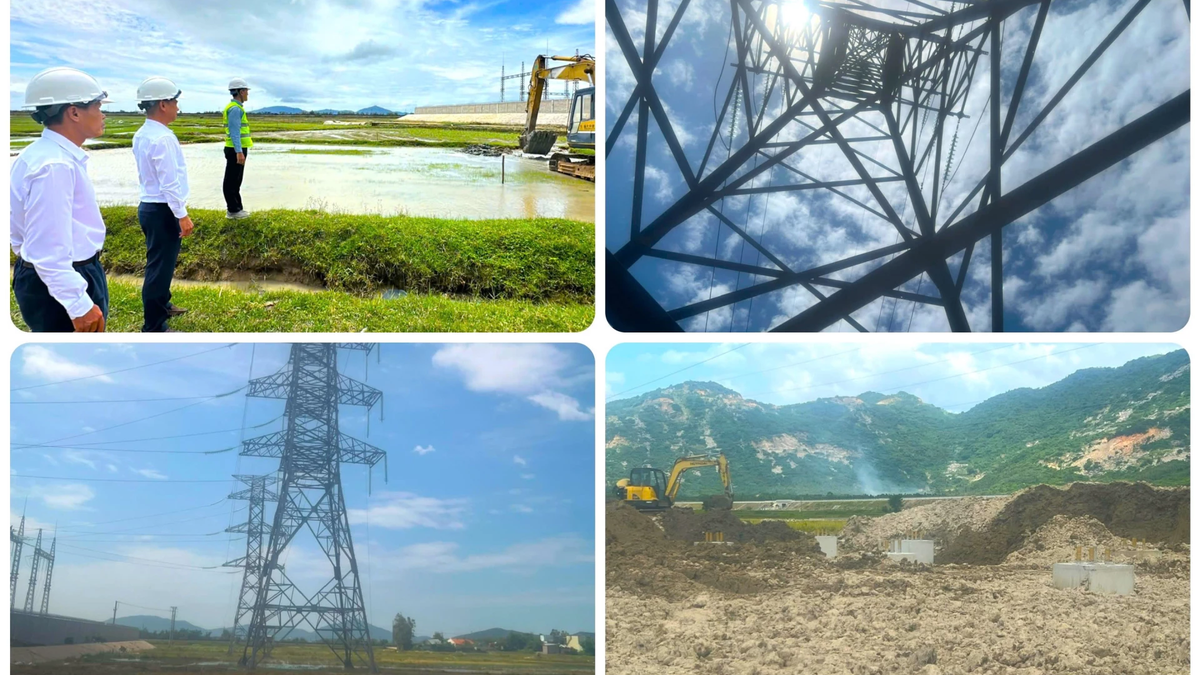

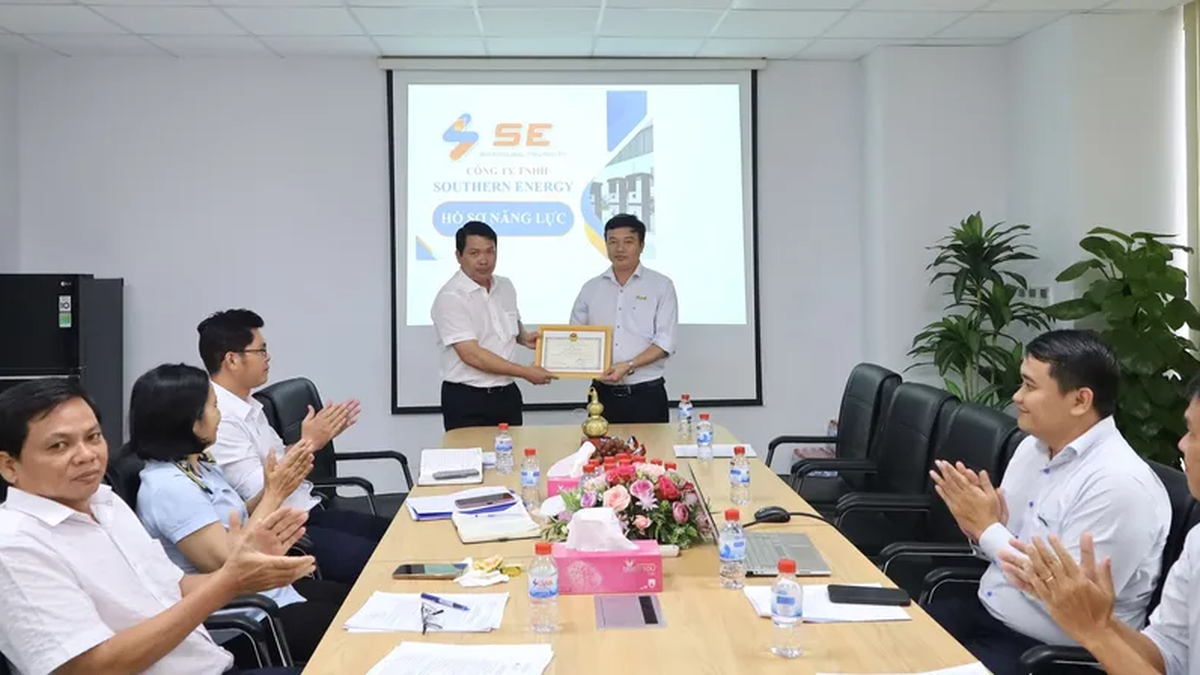
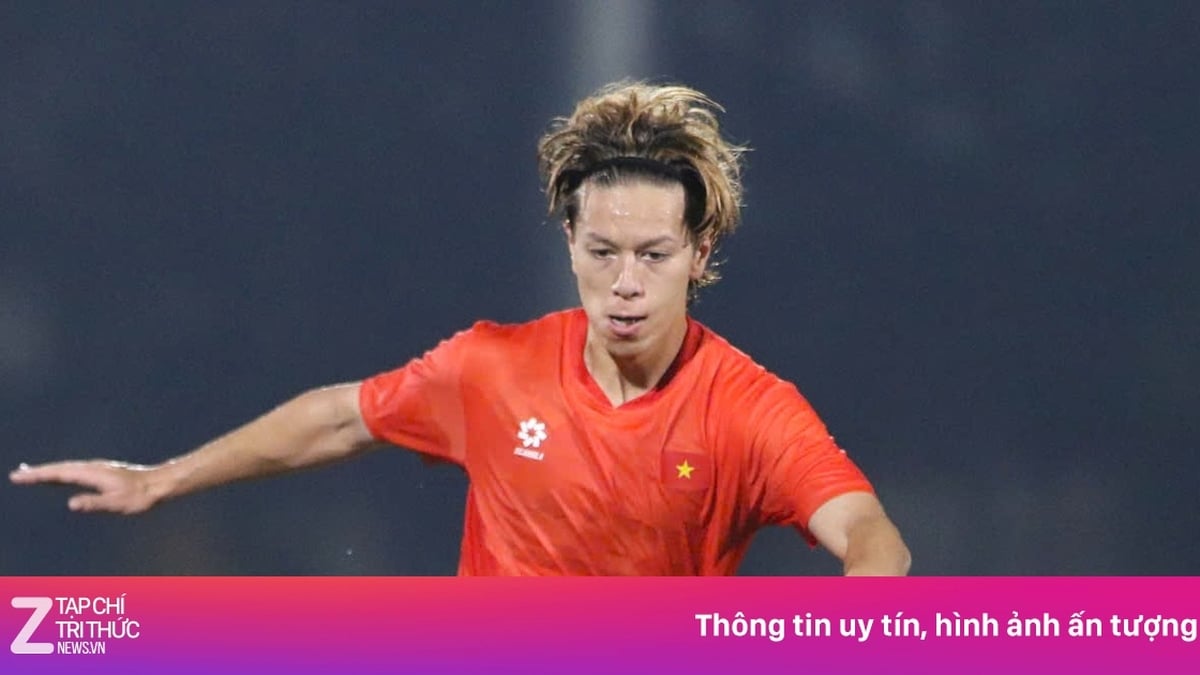
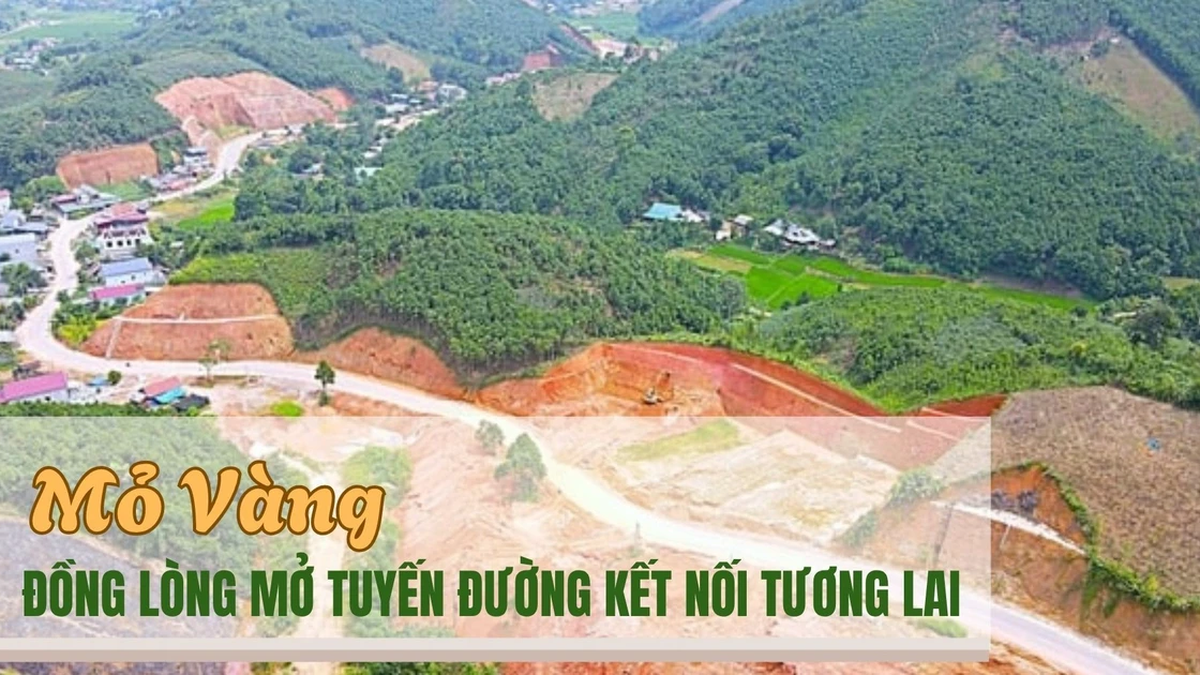
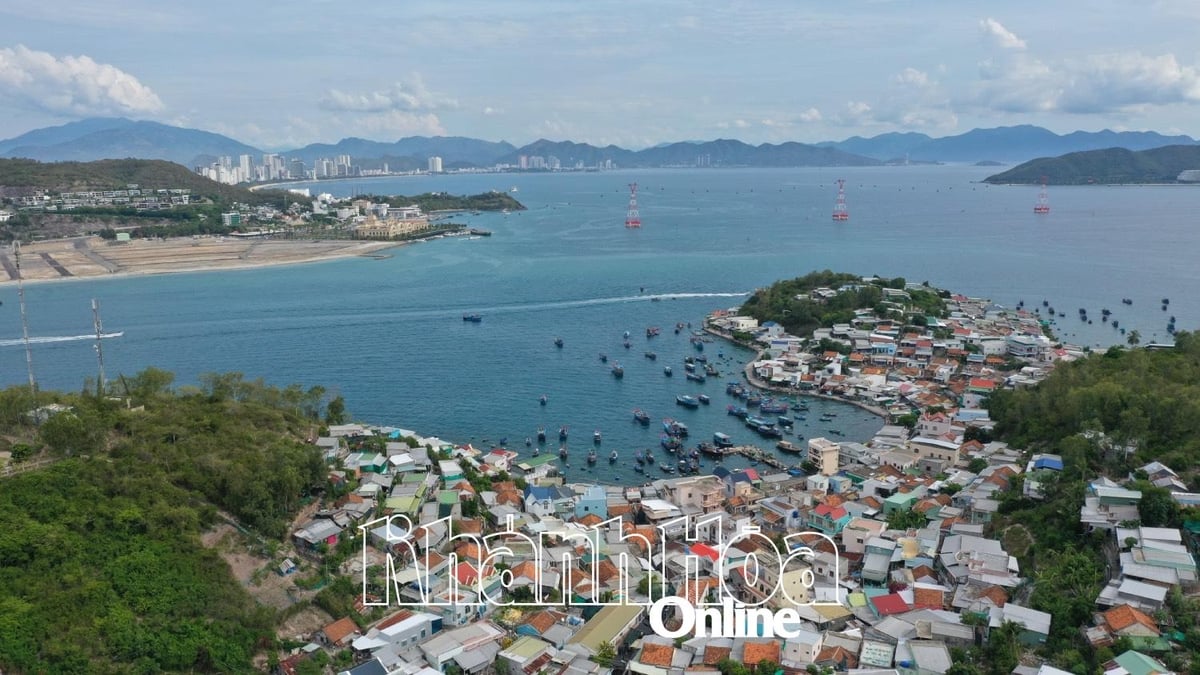
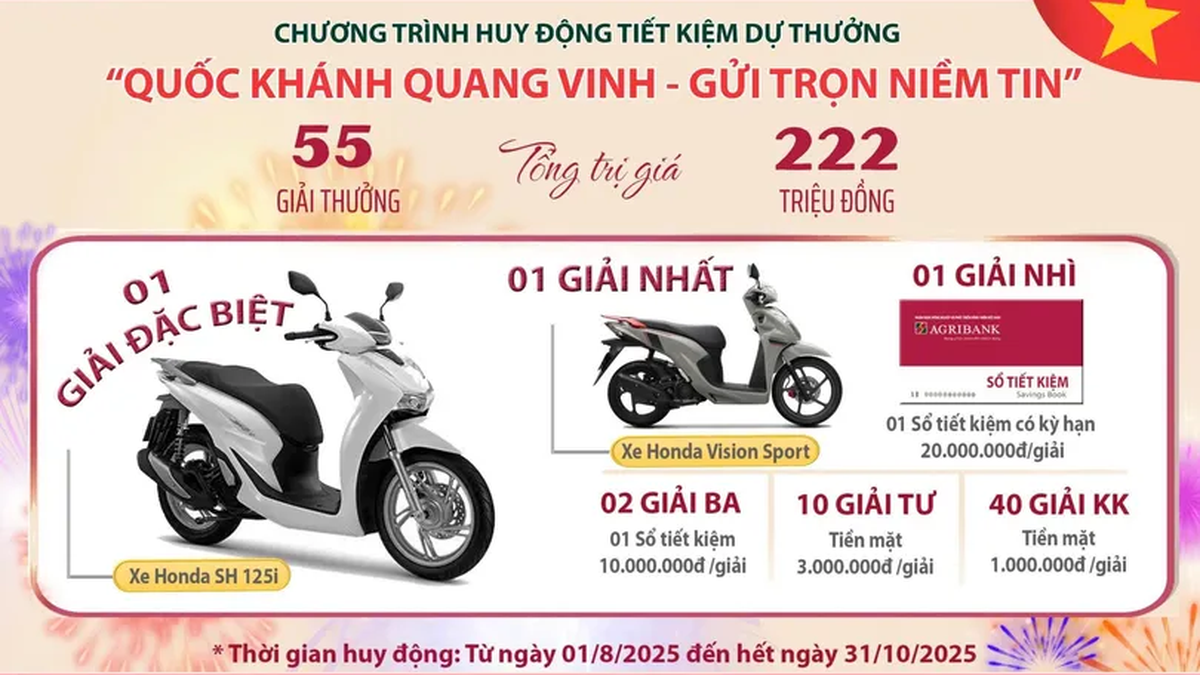
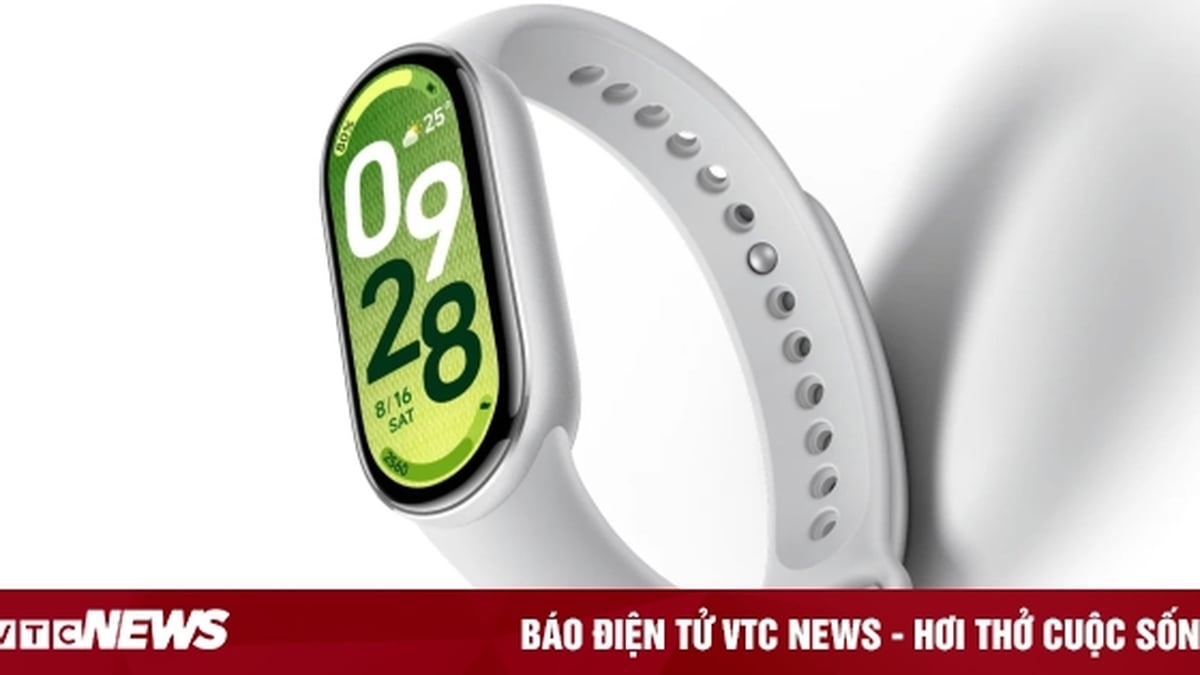

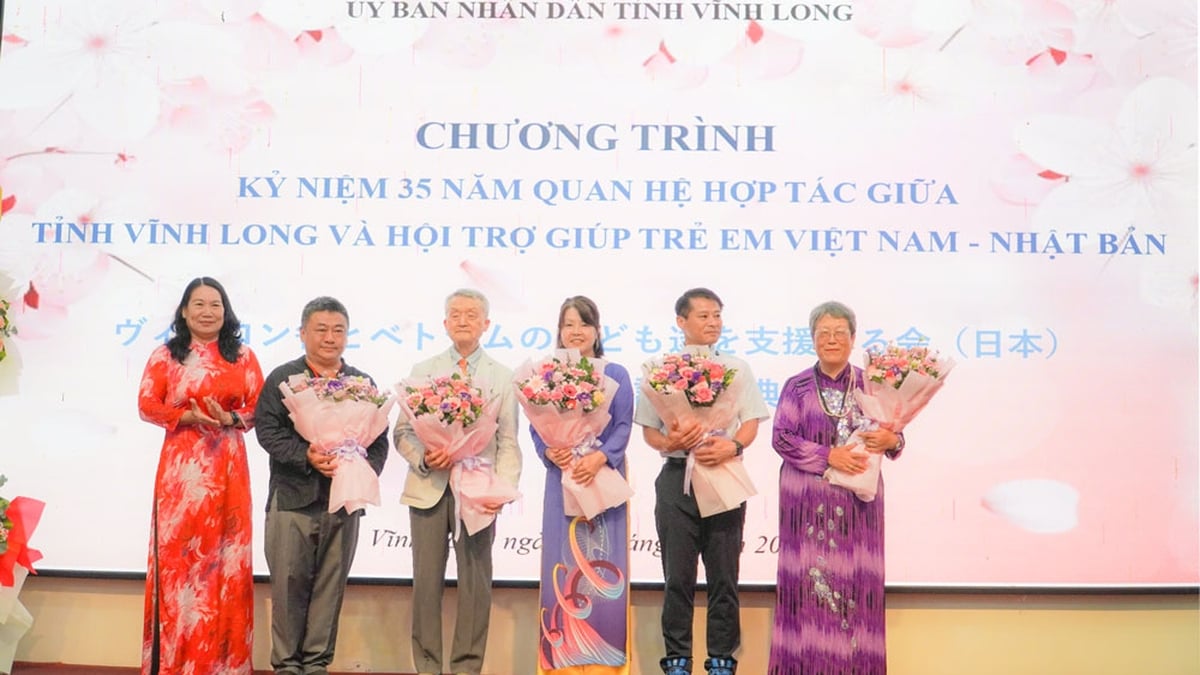










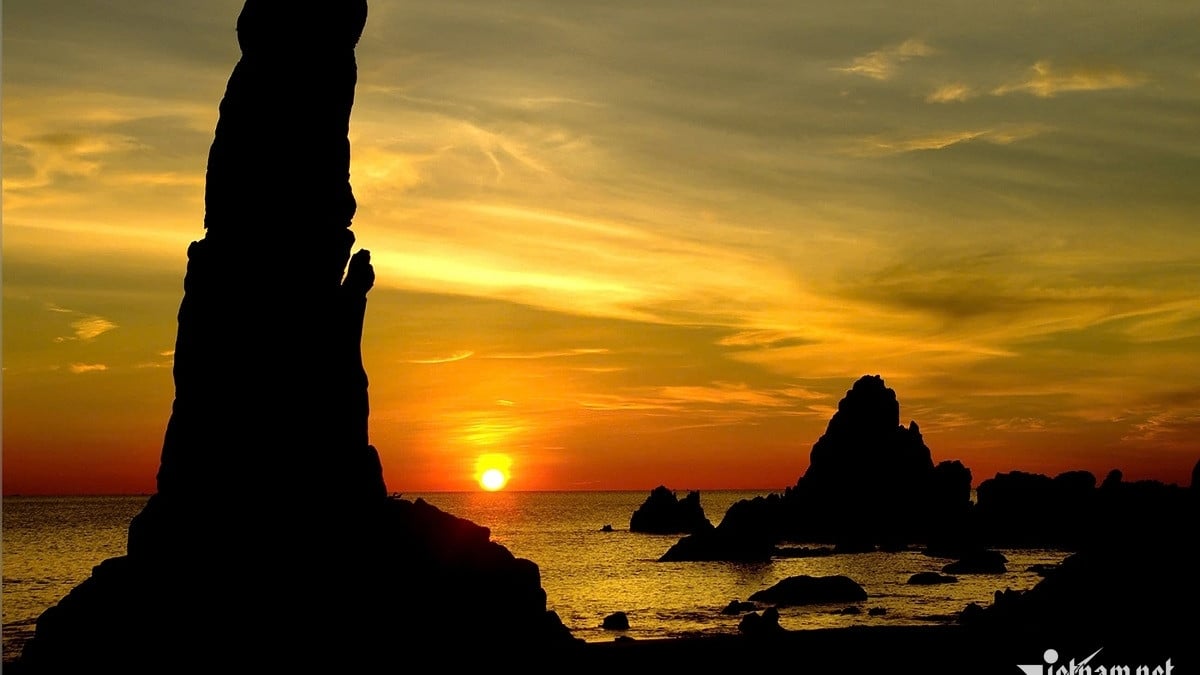
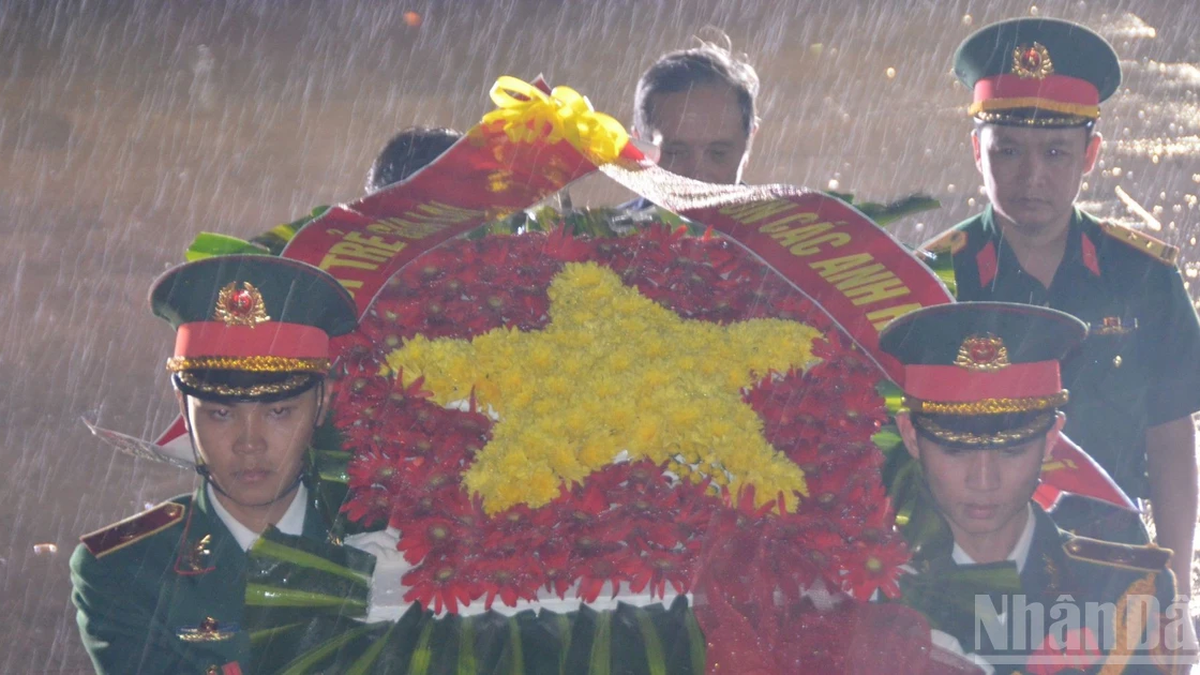

![[Photo] National Assembly Chairman attends the seminar "Building and operating an international financial center and recommendations for Vietnam"](https://vphoto.vietnam.vn/thumb/1200x675/vietnam/resource/IMAGE/2025/7/28/76393436936e457db31ec84433289f72)
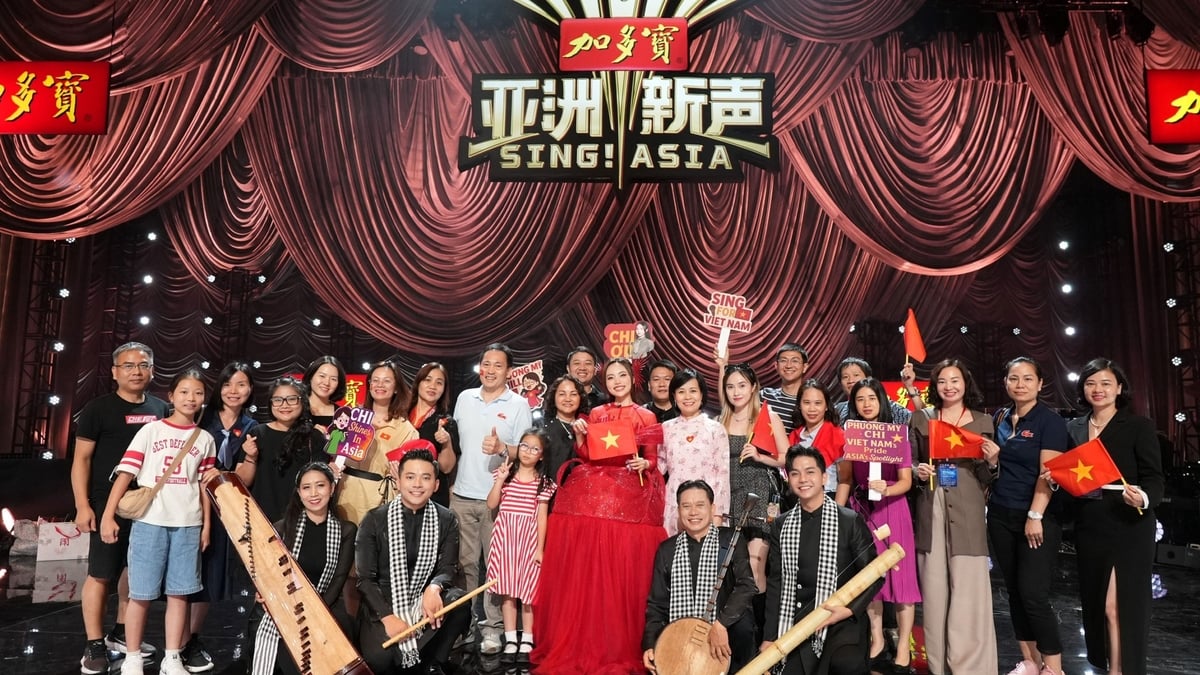
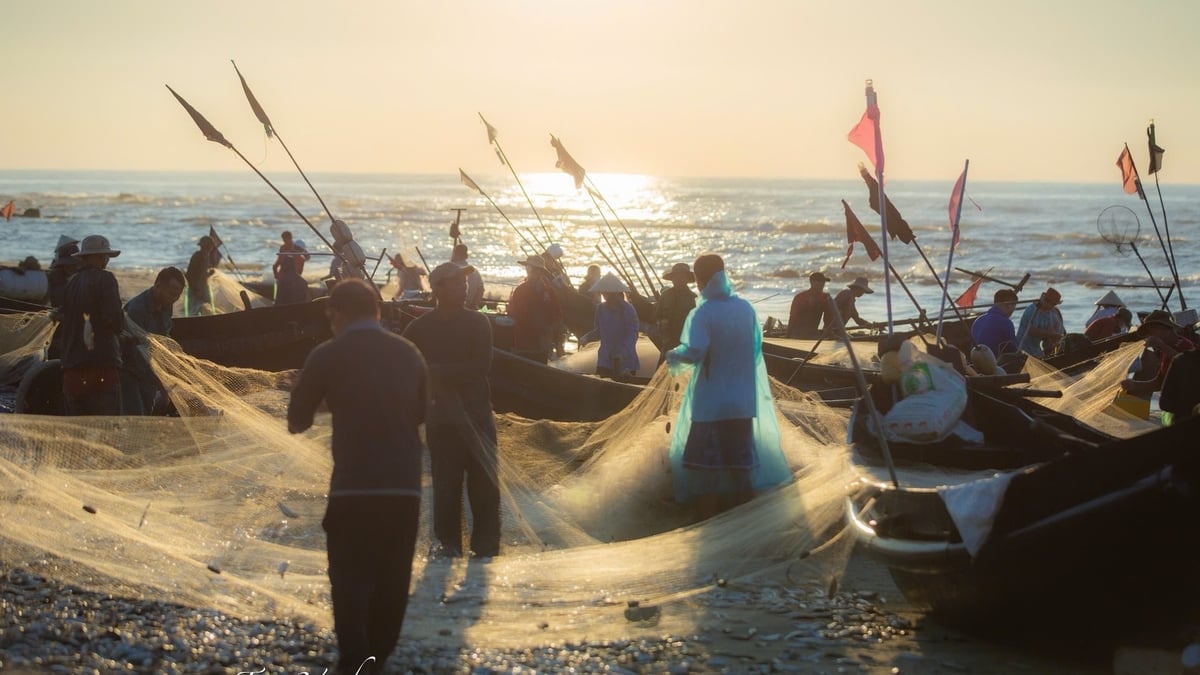

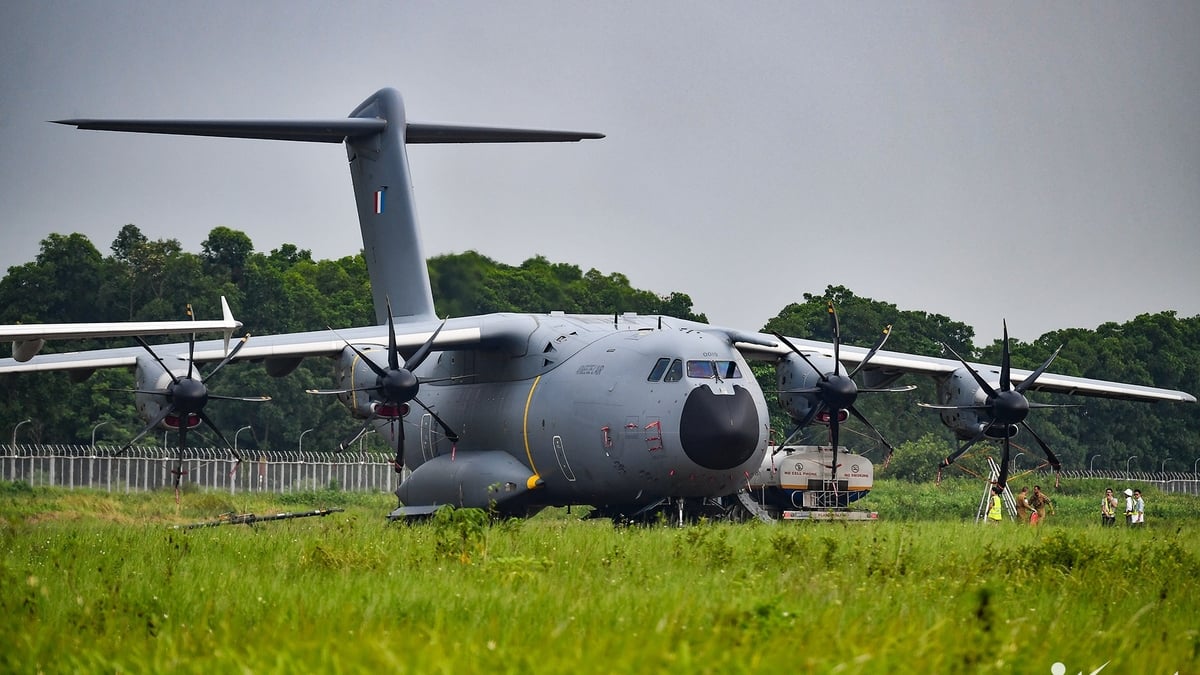

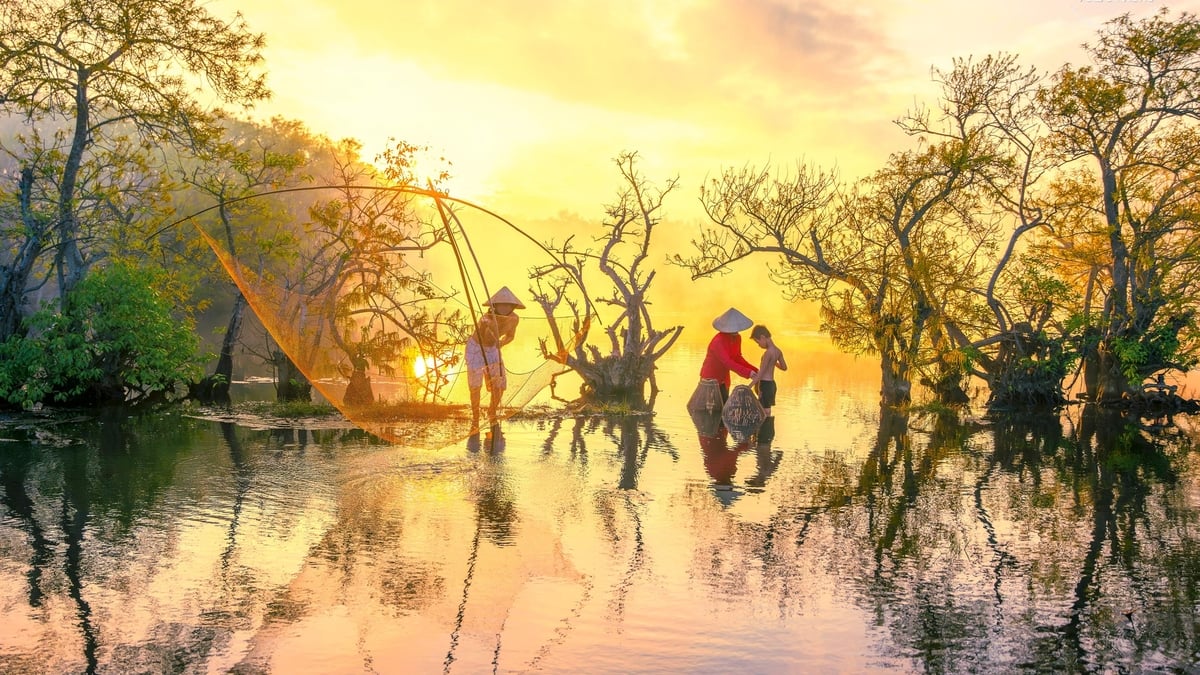
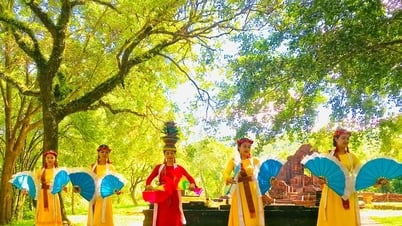

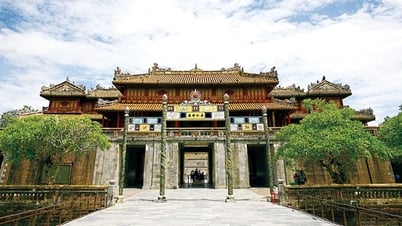

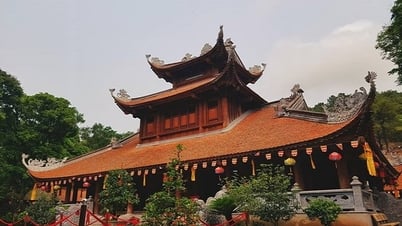

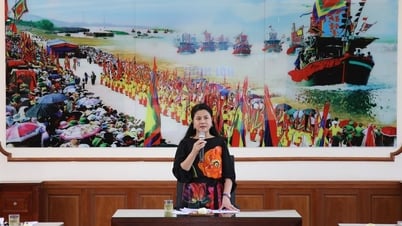

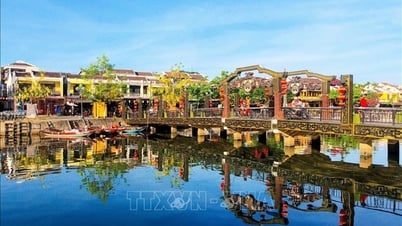

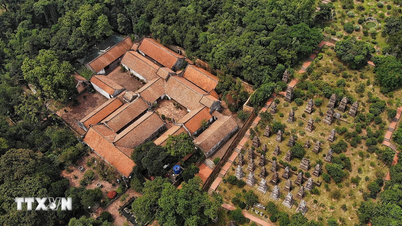
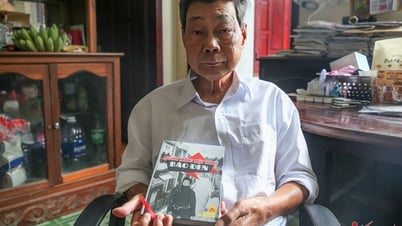



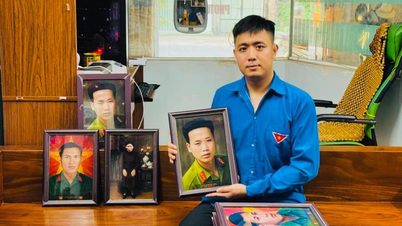

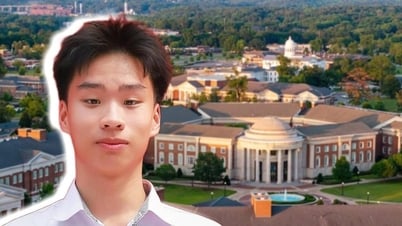



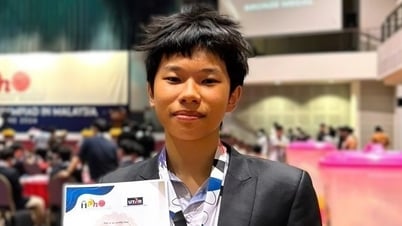





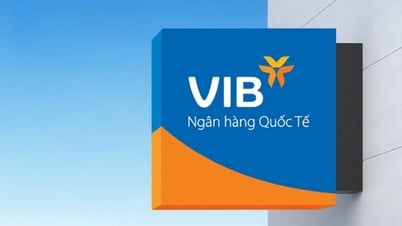
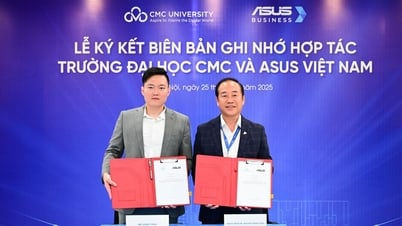


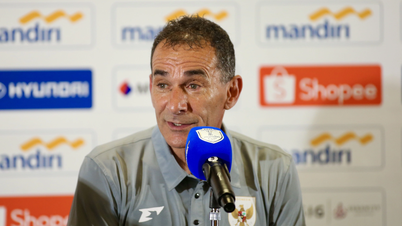
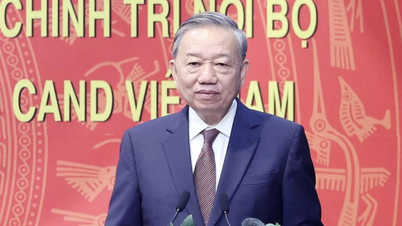
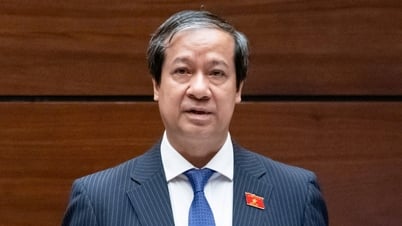
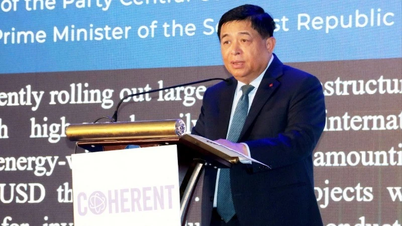

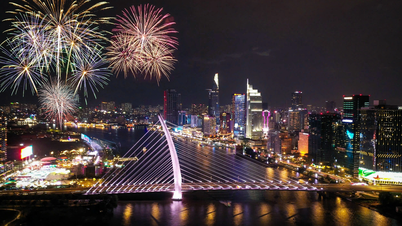
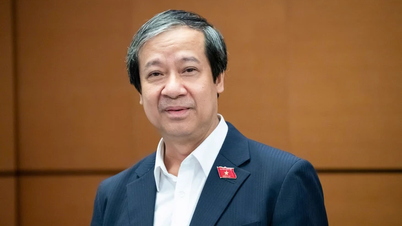
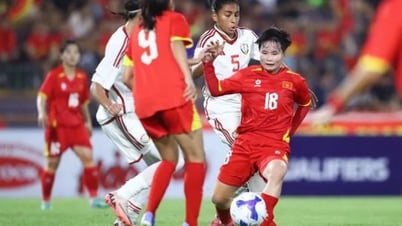

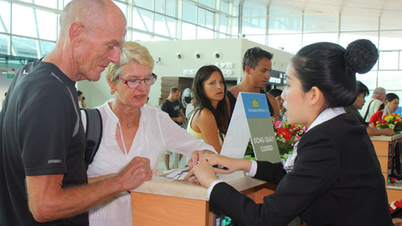
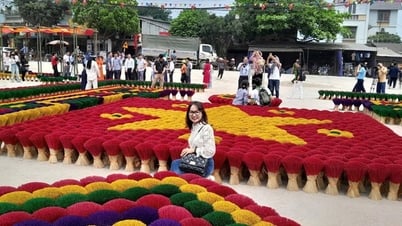
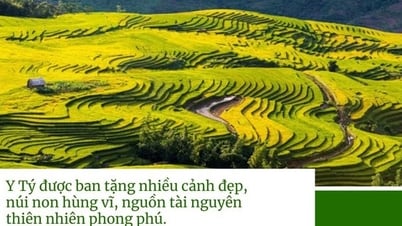

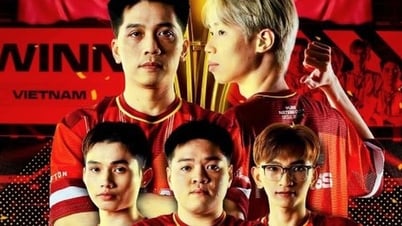











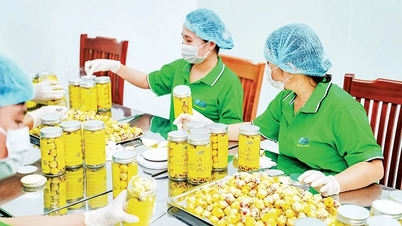







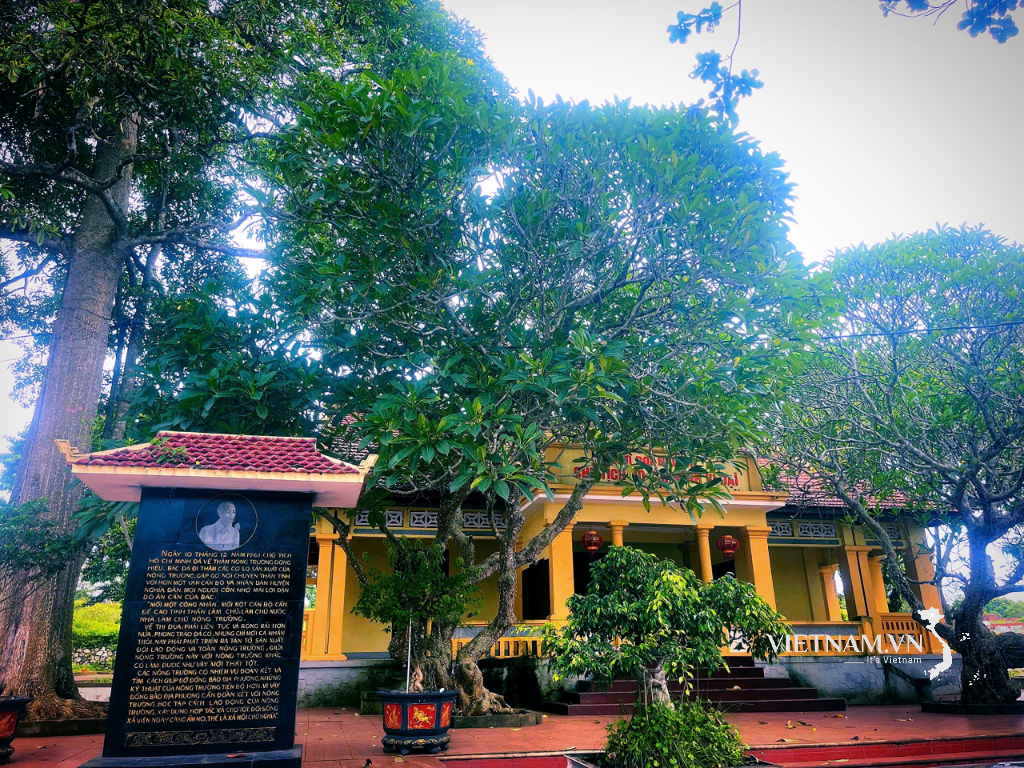
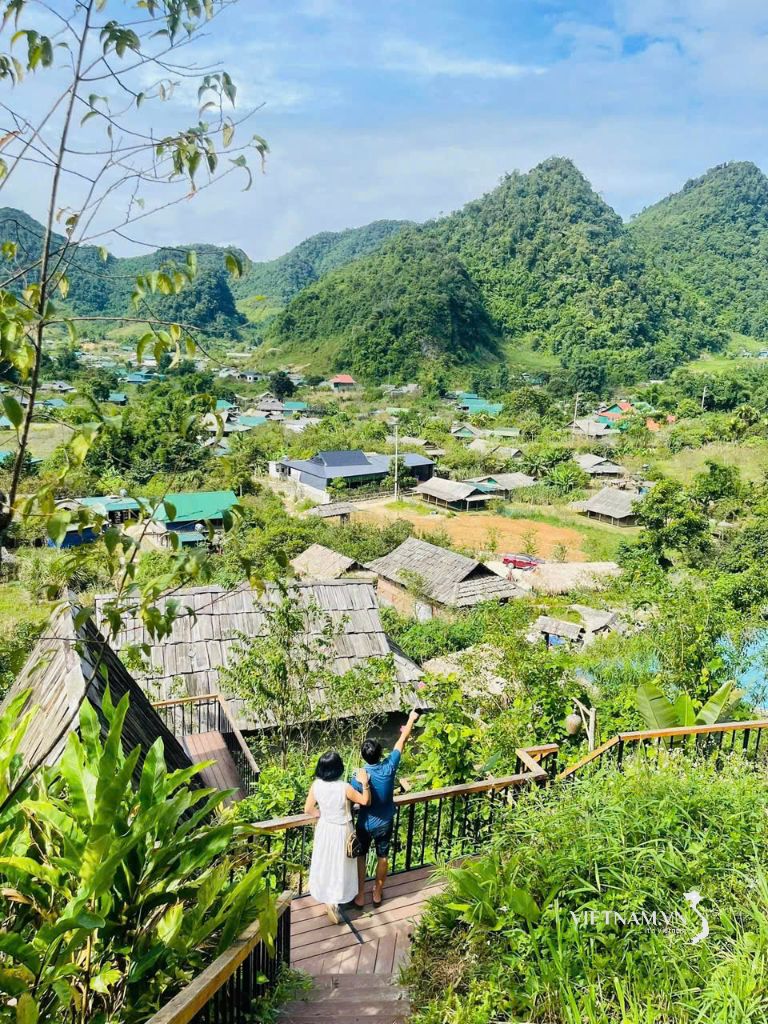
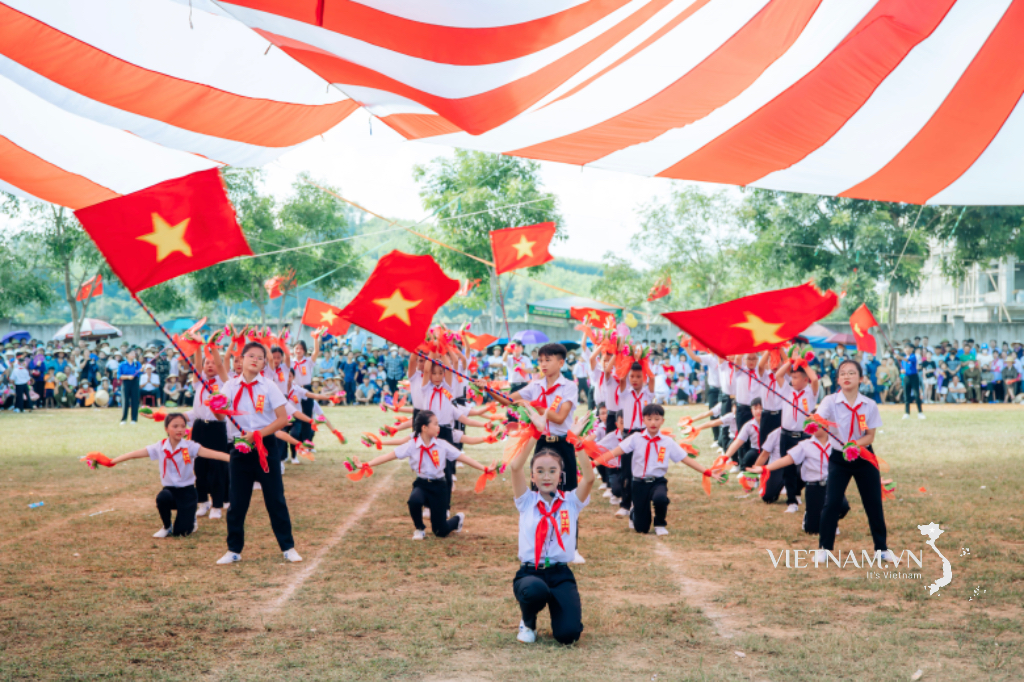
Comment (0)